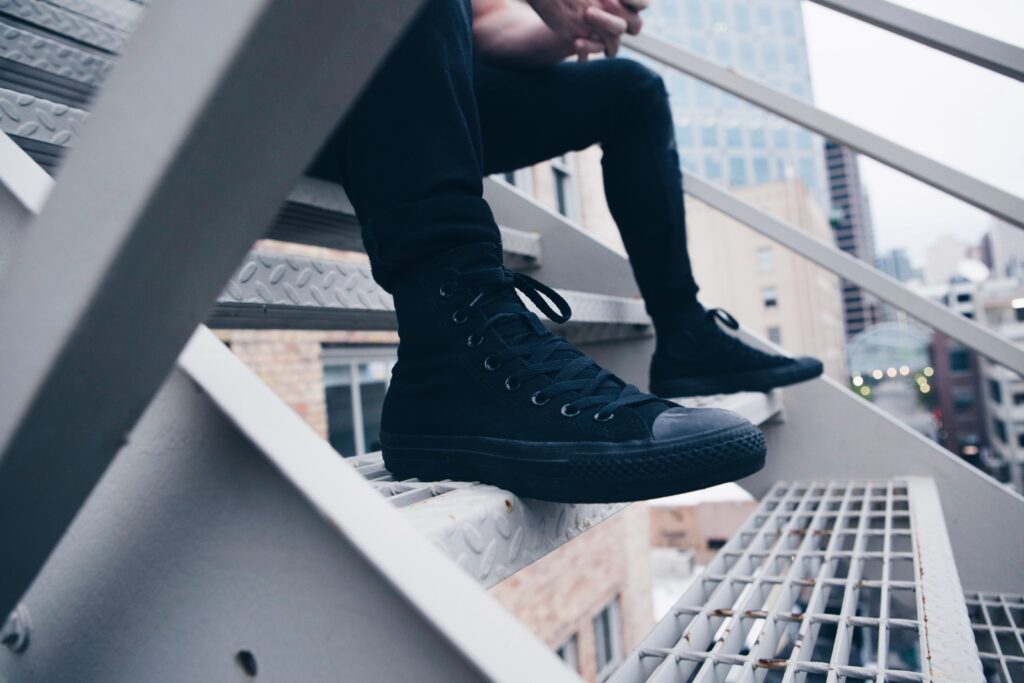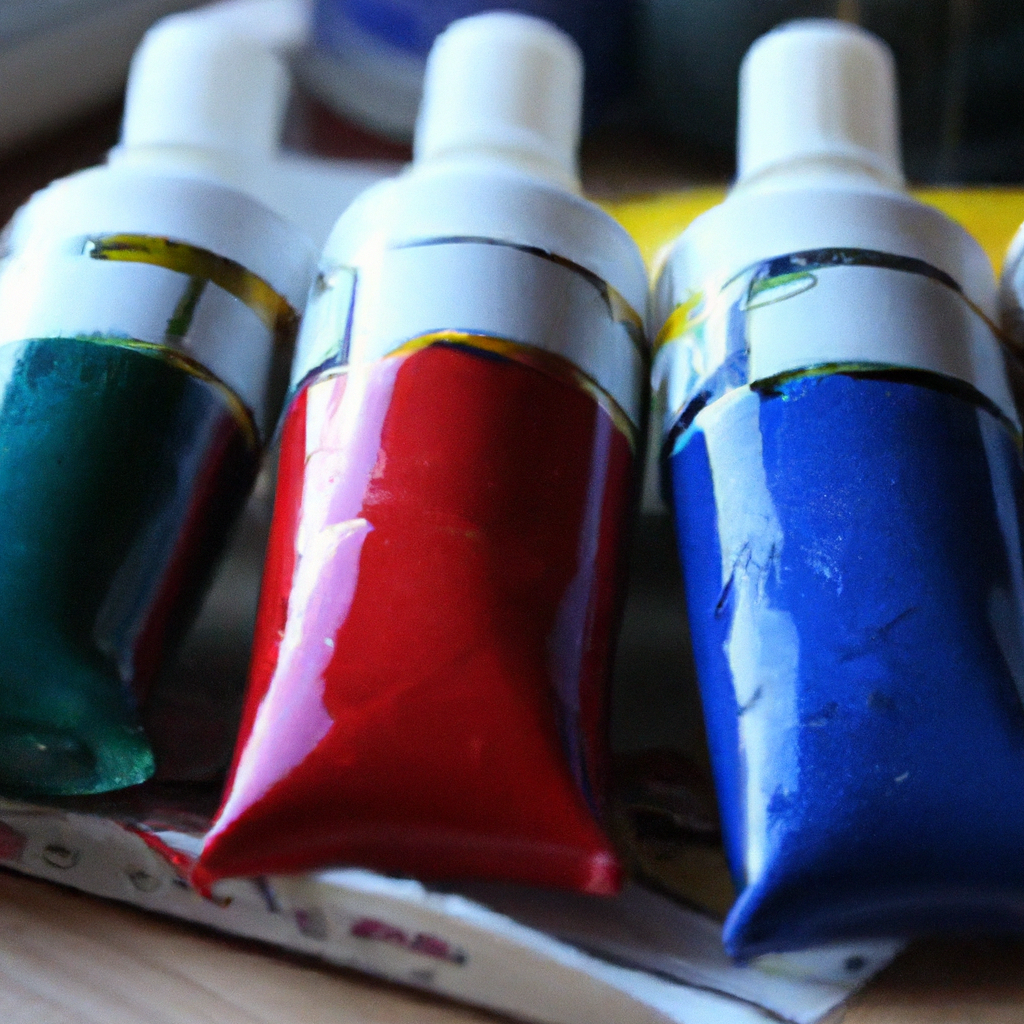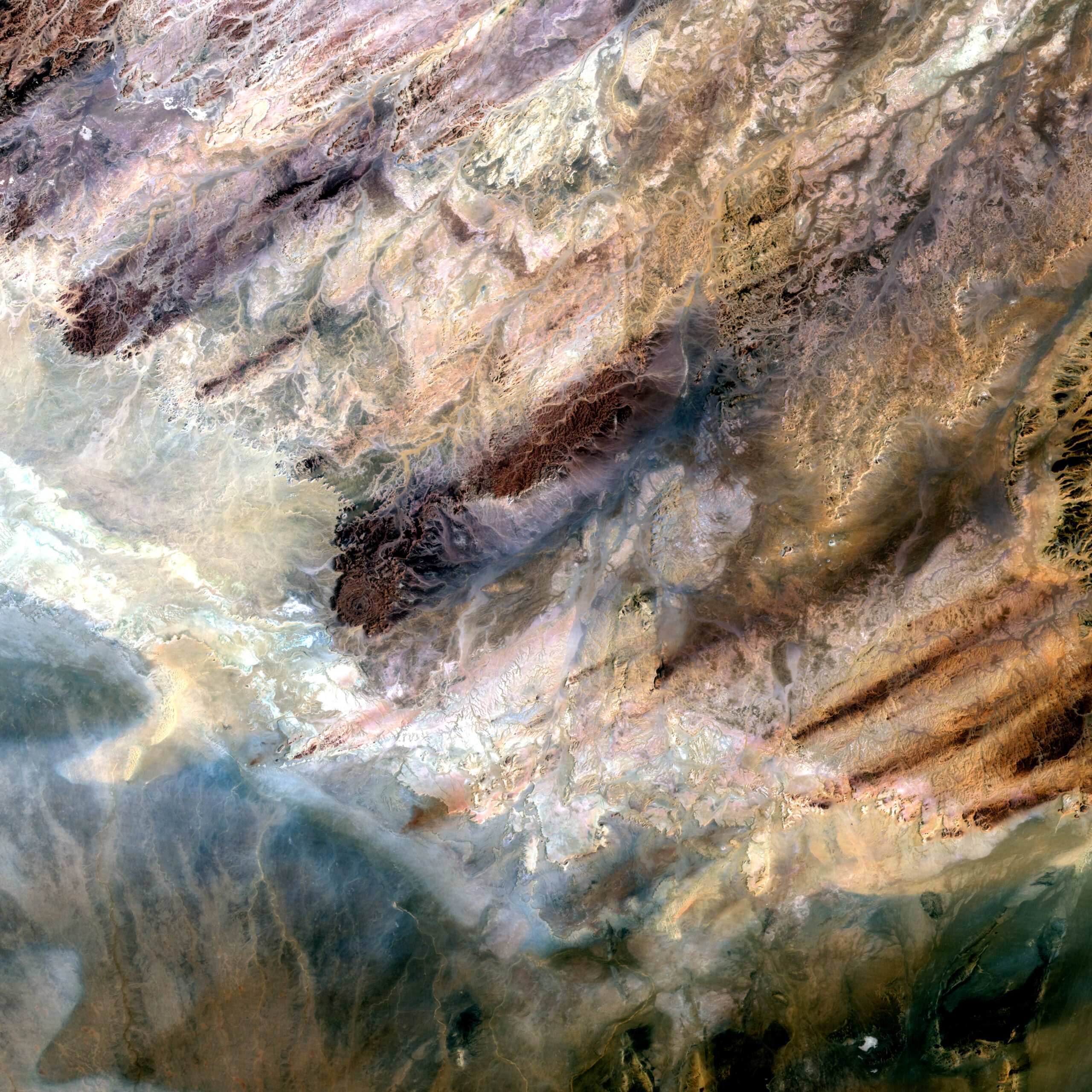In this article, you will learn the necessary steps to effectively open a tube of gouache paint, ensuring a seamless creative process. Gouache paint, known for its vibrant colors and versatile application, can sometimes present a challenge when trying to access its contents. By following the recommended techniques and utilizing the right tools, you will be able to effortlessly unlock the full potential of your gouache paint and unleash your artistic vision.
Preparation
Before you start working with gouache paint, it’s important to gather all the necessary supplies. Make sure you have your gouache tubes or pans, brushes, water container, palette, palette knife, paper towels, and a work surface protected with newspaper or a drop cloth.
Choosing a suitable work area is also crucial. Find a well-lit and well-ventilated space where you can comfortably work on your painting. It’s important to have enough room to lay out your supplies and move around freely without any obstructions.
Opening Gouache Tubes
Inspect the Tube
When opening a gouache tube, it’s important to first inspect it for any signs of damage or leaks. Check for any punctures, dents, or cracks that may have occurred during transportation or storage. If you notice any damage, it’s best to discard the tube to prevent any paint from drying out prematurely.
Remove the Cap
To open the gouache tube, twist off the cap in a counterclockwise direction. Take care not to squeeze the tube while doing this, as it may cause the paint to ooze out. Set the cap aside in a safe place where it won’t get lost.
Check for Drying
Before using the paint, check if any parts of the gouache have dried out. Gently squeeze the tube from the bottom to the top and examine the consistency of the paint. If you notice any hardened or dried sections, you’ll need to revive the paint before using it.
Squeeze the Tube
To dispense the gouache paint, gently squeeze the tube from the bottom, gradually increasing the pressure to control the amount of paint being released. Start with a small amount and add more as needed. Squeezing the tube evenly from the bottom helps prevent air bubbles from forming in the paint.

This image is property of images.unsplash.com.
Opening Gouache Pans
Inspect the Pan
If you’re using gouache pans, begin by inspecting the pan for any visible damage or dried paint. Look for cracks, chips, or areas where the paint has dried up. It’s essential to ensure that the pan is intact and the paint is in a usable condition.
Remove the Lid
To open a gouache pan, locate the lid and carefully remove it from the pan. Take caution not to scratch the paint or create any mess while doing this. Place the lid aside in a clean and safe location where it won’t get misplaced.
Check for Drying
Before you start using the gouache paint from the pan, examine if any parts have dried out. Gently touch the paint surface with your brush or finger to check the consistency. If you encounter any areas that are hardened or dried, you’ll need to revive the paint before proceeding.
Moisten the Paint
To activate the gouache paint in the pan, you need to moisten it. Use a clean brush or a dropper to add a few drops of water onto the pan. Allow the water to soak into the paint and soften it. Use gentle strokes to mix the paint until it reaches a creamy and workable consistency.
Reviving Dried Gouache
Identify Dried Paint
Dried gouache paint is a common occurrence, especially if the tubes or pans haven’t been sealed properly or have been left open for an extended period. Before you can revive the paint, identify the areas where the paint has dried up. Look for hardened or crusty sections in the tubes or pans.
Prepare the Paint
To revive dried gouache paint, you’ll need to prepare it by breaking up the dried sections and reintegrating them with the rest of the paint. Use a palette knife or a toothpick to gently scrape away the dried paint and transfer it onto your palette. Make sure to collect all the dried bits for rehydration.
Add Water Gradually
Once you’ve gathered all the dried paint onto your palette, add water gradually to rehydrate it. Start with a few drops and mix it into the dried paint using a palette knife. Gradually increase the amount of water until the paint reaches a smooth and workable consistency. Be cautious not to add too much water, as it may alter the color intensity or cause the paint to become too thin.

This image is property of images.unsplash.com.
Storing Gouache Paint
Clean the Tube or Pan
Properly storing gouache paint helps maintain its quality and prolong its shelf life. Before storing your tubes or pans, it’s crucial to clean them thoroughly. Wipe off any excess paint from the nozzle or around the rim of the pan using a paper towel or a clean cloth. This prevents the paint from drying and clogging the opening.
Repackage the Paint
To store gouache tubes, make sure the cap is tightly sealed and securely twisted back in place. For pans, carefully replace the lid onto the pan, ensuring it sits flush to prevent any air from entering. Proper packaging helps maintain the moistness and consistency of the paint.
Seal the Container
To ensure maximum longevity of your gouache paint, it’s advisable to seal the container in which it is stored. This can be done by placing the tubes or pans in an airtight container or a ziplock bag. Keeping the paint tightly sealed prevents moisture loss and keeps it fresh for future use.
Mixing Gouache Paint
Select Colors
When mixing gouache paint, start by selecting the desired colors for your artwork. Gouache paints come in a wide range of vibrant and opaque hues, giving you plenty of choices to create the desired color palette. Consider the mood, subject, and overall composition of your painting to guide your color selection.
Use a Palette
A palette is an essential tool for mixing gouache paint. It provides a flat surface where you can blend and mix the colors. Choose a palette that is easy to clean and has ample space to accommodate the various colors you’ll be using. Ceramic or plastic palettes are commonly preferred for their durability and ease of cleaning.
Mix Colors Gradually
To achieve the desired color, start by adding small amounts of each color to the palette. Use a palette knife or a brush to mix the colors together, gradually adding more of the desired hues until the desired shade is achieved. Mix the colors thoroughly to avoid any streaks or uneven pigmentation.

This image is property of images.unsplash.com.
Using Gouache Paint
Apply Water to Paper
Before applying gouache paint to your paper, it’s important to dampen it slightly. Use a clean brush or a spray bottle to moisten the paper with water. This helps the paint adhere better to the surface and allows for easier blending and manipulation.
Load the Brush
To load your brush with gouache paint, dip it gently into the desired color and hold it perpendicular to the surface. Avoid applying excessive pressure or overly saturating the brush, as this can lead to a messy and uneven application. Aim for a moderate amount of paint on the bristles for better control and precision.
Start Painting
With your brush loaded with paint, begin applying it to the paper. Gouache paint can be applied in thin washes or with thicker, more opaque layers. Experiment with different brush strokes, layering techniques, and blending methods to create the desired effects and textures in your artwork.
Cleaning Gouache Brushes
Rinse with Water
Cleaning your gouache brushes is an essential step to maintain their longevity and performance. Start by rinsing the brushes under running water or in a container filled with water. Gently rub the bristles against your palm or a brush cleaning pad to remove any excess paint.
Use Mild Soap
For thorough cleaning, use a mild soap specifically designed for cleaning art brushes. Wet the brushes and apply a small amount of soap to your palm or a brush cleaning pad. Gently swirl the bristles in the soap, working up a lather. Rinse the brushes again under clean water to remove any soap residue.
Shape the Brush
After cleaning, it’s crucial to reshape the brush to maintain its original form. Use your fingers or a clean towel to gently reshape the bristles into a point or desired shape. Ensure that the bristles are evenly distributed, free from any clumps or tangles, and allow the brushes to air dry completely before storing them.

Tips and Precautions
Use a Palette Knife
When working with gouache paint, using a palette knife can be beneficial for several reasons. It allows for easier mixing and blending of colors, prevents accidental contamination of paint tubes or pans with other colors, and facilitates the precise measurement of paint quantities. Incorporating a palette knife into your painting process can enhance your overall experience with gouache.
Avoid Contamination
To maintain the purity of your gouache colors, it’s crucial to avoid contamination. This means preventing the mixing of different colors on your brushes, palettes, or even accidentally dipping a dirty brush into a new tube or pan. Purity of color is an essential aspect of gouache painting, so take care to keep your materials clean and separate.
Store in a Cool Place
Gouache paint is best stored in a cool and dry area, away from direct sunlight and extreme temperature fluctuations. Exposure to heat and light can dry out the paint, alter its consistency, and fade the vibrancy of the colors. Keep your gouache paint in a controlled environment to ensure its longevity and usability.
Troubleshooting
Paint Too Thick
If your gouache paint is too thick, it can be challenging to work with. To remedy this, add small amounts of water to the paint and mix it thoroughly. Gradually add water until the desired consistency is achieved. Remember to add water in small increments to avoid making the paint too thin.
Paint Too Thin
If your gouache paint is too thin and watery, it may lack opacity and vibrancy. To thicken the paint, allow it to sit uncovered for a while, which helps the water evaporate and the paint to thicken naturally. Alternatively, you can add a small amount of a gouache medium or mix in some dry gouache pigment to increase its thickness.
Colors Merging
Sometimes, when blending colors, they might unintentionally merge into each other, resulting in muddy or undesired hues. To avoid this, make sure to clean your brush thoroughly between color changes. Additionally, allow each layer of paint to dry completely before applying a new color on top to prevent them from mixing and creating unintended blends.




